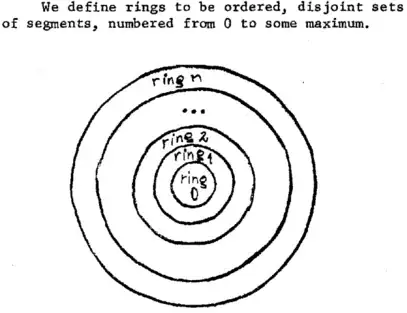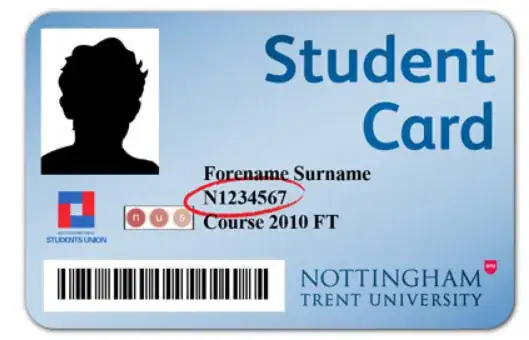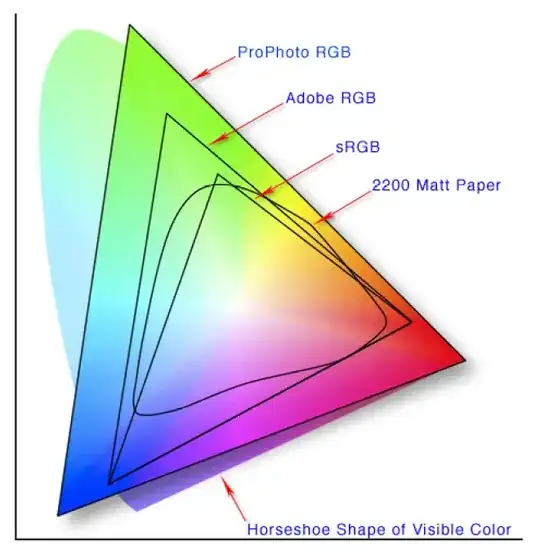We have a client who hosts an event, with a tight budget, that uses lanyarded Photo-ID cards with barcodes on them. The barcodes are used to gain access to various areas at the event.
We were thinking of proposing a hashed code (currently the IDs are sequential), but then it occured that it's pretty easy to 'swipe' a card with high resolution photography, and then overlay one's existing barcode with a printout of the swipe.
Bearing in mind that we are using ean13 scanners, and there really is a tight budget (so NFC is out for the time being) - would an overlay, such as red cellophane, serve any purpose in mitigating this specific kind of attack?
What actually happened
This being the most popular post I have ever written on SE, I thought I may provide you with some follow-up.
First of all, thank you all so much for your thoughts. It helped by providing us with a list of things not to do just as much as what to do, which was of great value.
What we did
Security was given access to cheap laptops with their EAN 13 scanners using a USB port. The laptops were signed in (under unique IDs) to our security app.
The IDs used were generated using a well-designed RNG (not by me, so details are missing here - but it met a bunch of tests) which bore no relation to identities. There were just over 2,500 attendees over several days.
We did not use anything to obscure the EAN 13: It was easy enough to duplicate them. However, that wasn't enough to gain entrance.
On presentation and scan, the software (linked to our own monitoring service) checked the existence of the ID (fail #1), as to whether or not the ID had already been used (fail #2), and then returned the identity details (photo, name, etc) of the individual for whom that identity was attached. This last depended upon human check, (fail #3).
We also had people attending who did not have a lanyard ("I lost it" / "I don't need one" / etc...) and they were deferred to a separate security building where they were issued their missing lanyard, after having provided an ID document (passport/license,etc.). As everyone needed an ID card - even VVIPs, there were no exceptions.
Social hacking attempts were made - but they failed.
Several VVIPs wanted their partners (unregistered) to attend and that was escalated to senior management where the decision was made) - about 50% of them were given new registrations and corresponding printed lanyards/IDs. About 50% were turned down.
Duplicates did happen - which surprised us. Where it did occur, it was easy enough to identify whether or not they were the person that the card had been issued to.
We also had cards from previous events. They looked different, and also their IDs were different. Some attendees had actually just brought the wrong lanyard - they were given a replacement at security. Others were turned away.
I have to say that the security staff were incredibly professional - and they were treated very well by the event hosts, with meals laid on, and a free drinks bar for security at the end of the event.
Access to the event was highly controlled. All entrances and exits, even if locked, where monitored.
What we didn't do
The security personnel were 100% trusted. There could have been an 'inside man/team' among them, but it would have been quite hard to orchestrate and we doubt that there would be sufficient motive. The security company had already performed vetting - and really wanted to win this work again for following years (as it had for previous years), so maybe there was much less risk there than I imagine.
What I learned
Defense in depth and real-life MFA were the two things I learned. Expecting a single part of the security system to be enough for the entire security system would have been an unnecessary mistake.
Low tech is good, as long as it's used correctly, and without any ridiculous over-expectations.
OMG look after the security staff well. Since they are our eyes and ears, we have every reason to keep them happy and loyal.
TL;DR
There is nothing wrong at all with unprotected barcodes as long as you don't expect them to do much. They were used for both security and comms, and (if we ever get back to non-lockdown events) we will probably introduce restriction zones also (which, apparently, was poorly done using an alternative system - not designed by our team).
Everyone was safe, nobody was hassled, and it was a very successful event.


